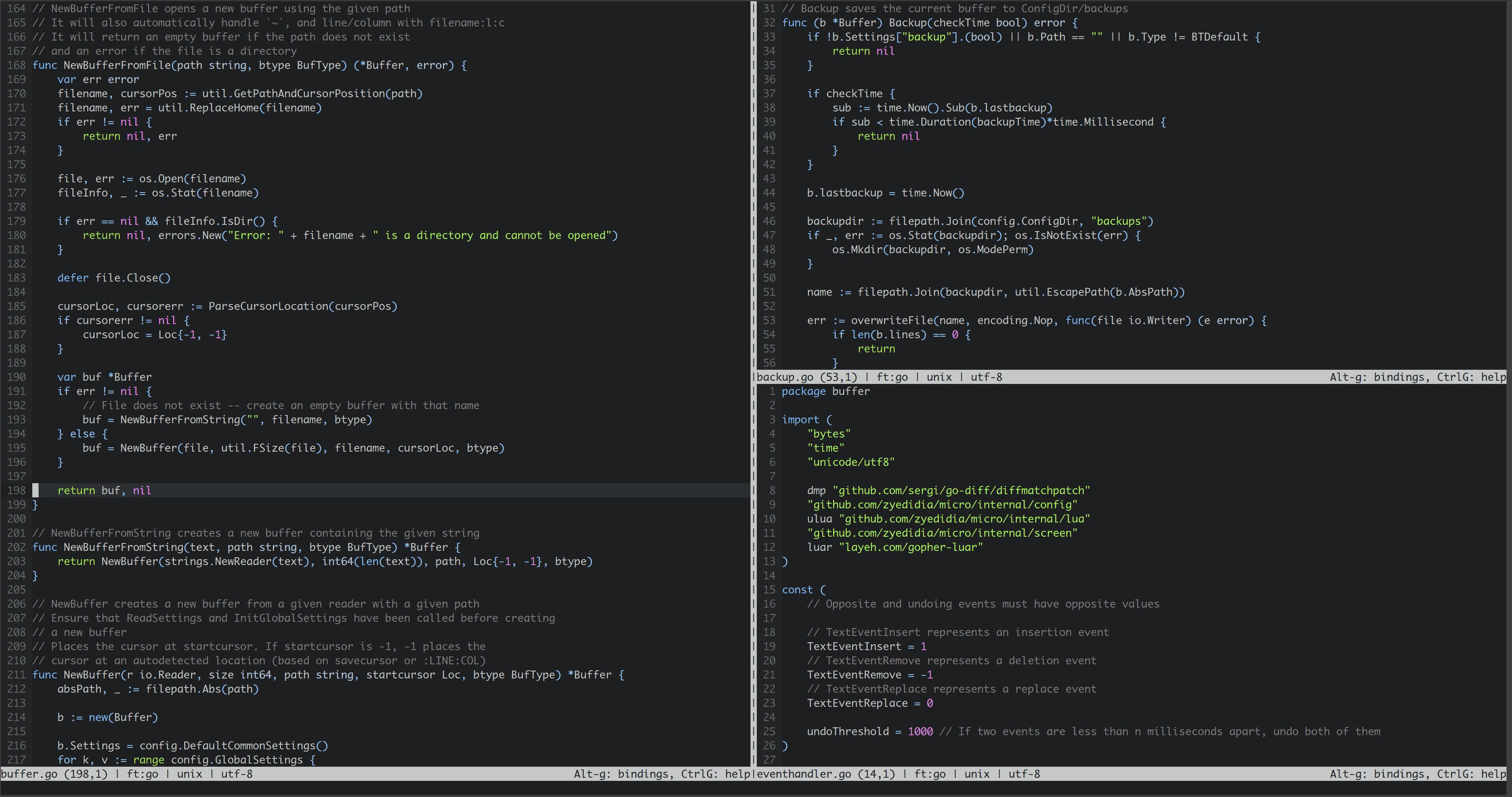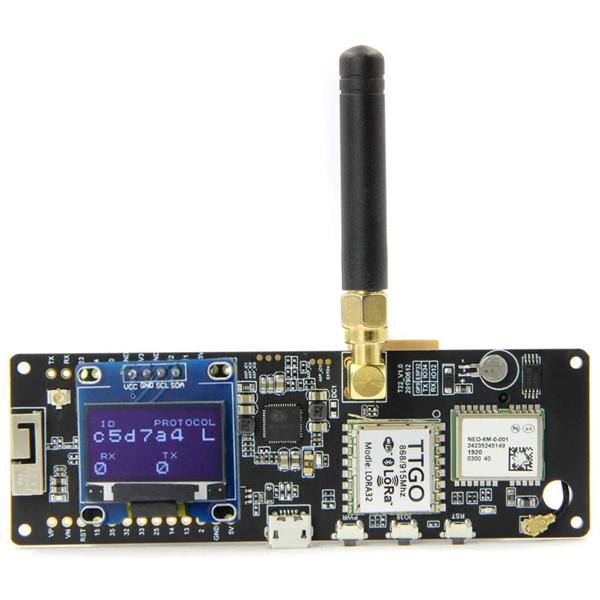Optimizing Knowledge Management with Obsidian and the Zettelkasten Method
The Zettelkasten method, which translates to "slip box" in German, is a powerful system for personal knowledge management developed by sociologist Niklas Luhmann. It relies on creating and linking small, self-contained notes that each represent a single idea or thought. These notes are connected through internal references, forming a dense web of knowledge that mirrors how ideas evolve and relate to each other naturally. By writing in small, atomic units, users are encouraged to distill complex concepts into their essence, improving understanding and retention.
Zettelkasten facilitates knowledge retention by encouraging active engagement with information. Instead of passively reading or highlighting, users must rephrase, question, and connect ideas. This process reinforces memory and builds a reusable archive of insights. The method also supports long-term idea development by creating an environment where thoughts grow organically through continuous linking, comparison, and reflection. For researchers and writers, Zettelkasten becomes a dynamic workspace for managing sources, forming arguments, and drafting structured content.
With the rise of digital tools, the Zettelkasten method has found a modern home in applications like Obsidian. Obsidian is a markdown-based note-taking app that allows users to create a network of interlinked notes stored locally on their device. It supports backlinks, graph views, and a customizable interface, making it ideal for implementing Zettelkasten. Unlike paper systems or linear document editors, Obsidian turns a note collection into an interactive, searchable, and scalable knowledge base. This evolution has made it easier than ever to adopt and maintain a Zettelkasten system for academic research, professional writing, and lifelong learning.
- Problem Statement:
Despite its effectiveness, many users struggle with implementing Zettelkasten in a way that integrates well into their daily routines. This thesis presents a streamlined, efficient setup using Obsidian for optimal results.
1. Install Obsidian
- Download Obsidian from the official website (https://obsidian.md) and install it on your preferred device (Windows, macOS, Linux, or mobile).
- Open the app and create a new Vault, which will serve as the central repository for all your notes.
- Choose a location for your vault. For backup and multi-device access, store it in a synced folder like Dropbox, OneDrive, or iCloud.
2. Folder Structure
Set up a simple, organized folder structure to support the Zettelkasten flow:
00_Templates: Store reusable note templates.01_Source_Material: Notes from books, articles, lectures, etc.02_Rough_Notes: Free-form, early-stage thoughts (optional).03_Main_Notes: Core Zettelkasten notes; each represents a single atomic idea.04_Indexes: Thematic hubs or entry points for exploring related notes.05_Tags: Empty placeholder notes acting as tags for navigation or filtering (optional).
3. Settings Configuration
- Default Location for New Notes: Point to
03_Main_Notes. - Appearance: Choose a legible font and theme; toggle "Readable line length" for better formatting.
- Hotkeys: Assign shortcuts, e.g.:
Ctrl + N: New NoteCtrl + T: Insert Template (after plugin activation)
- Core Plugins:
- Enable Templates, Daily Notes (optional), and Backlinks.
- Community Plugins (optional):
- Calendar: For date-based organization.
- Tag Wrangler: For managing and merging tags.
- Advanced Tables, Quick Switcher++, or DataView: For productivity.
4. Create Templates
Under 00_Templates, create templates like:
Source Material Template
Title:
Author:
Source:
Date:
Tags:
Summary:
Key Points:
Quotes:
Reflections:
Main Note Template
Title:
Date Created:
Tags:
Idea:
Context:
Connections: [[Linked Note]]
Reflections:
Configure the Templates plugin to insert templates quickly using hotkeys.
5. Note-Taking Workflow
Step 1: Capture
- In
01_Source_Material, create notes while reading or researching. Summarize, highlight quotes, and reflect in your own words. - Use tags for themes, authors, or concepts (e.g.,
#philosophy,#biology).
Step 2: Synthesize
- In
03_Main_Notes, write atomic notes from your reflections. - Each note should express a single idea clearly (under 500 words).
- Use links to reference related notes with
[[Note Name]]. - Focus on clarity, brevity, and insight.
Step 3: Connect
- Link your new idea to related ideas, themes, or sources.
- Create notes in
04_Indexesto organize clusters of related content. - Add notes to multiple indexes or link to broader themes using
[[#Tag]].
6. Use Tags and Indexes Thoughtfully
- Avoid creating hundreds of tags. Stick to a small set of relevant themes.
- Use
05_Tagsto define and clarify what each tag means. - In
04_Indexes, organize curated lists of related notes. Example:Mindfulness Indexmight link to[[]]notes from psychology, philosophy, and neuroscience.
7. Benefits for Research and Writing
- Streamlines Research: Notes from multiple sources are cross-referenced and easily revisitable.
- Accelerates Writing: Writing becomes an assembly of existing notes instead of starting from scratch.
- Improves Clarity: Breaking down ideas into atomic notes encourages better thinking and clarity.
- Long-Term Retention: Regular review and linking strengthen memory and understanding.
- Reusable Content: Notes can be reused across multiple projects, articles, or books.
8. Maintenance Tips
- Review backlinks weekly to surface forgotten or underdeveloped ideas.
- Refactor or split long notes to maintain atomicity.
- Avoid over-editing old notes; instead, create new ones that build upon earlier thoughts.
With this Obsidian-based Zettelkasten setup, you're not just taking notes — you're cultivating a living knowledge system. Whether you're an academic, writer, student, or lifelong learner, this system adapts to your workflow, grows with your interests, and becomes more powerful the more you use it. Over time, your vault evolves into a personalized knowledge database that supports deeper understanding, creative exploration, and effortless content creation.
- The Zettelkasten Methodology
The Original Zettelkasten Technique: Core Principles & Benefits
The Zettelkasten method (German for "slip box") was developed by sociologist Niklas Luhmann as a tool to manage complex knowledge and boost creativity in writing and research. He credited it with enabling his prolific academic output: over 70 books and hundreds of articles. The brilliance of the system lies in its simplicity, modularity, and organic growth.
🌱 Core Principles of Zettelkasten
1. Atomicity
Each note in the Zettelkasten should express a single idea or concept. This principle ensures clarity, encourages deeper understanding, and makes ideas easier to reuse and connect.
- ✅ Do: “The law of diminishing returns means each additional input yields less output.”
- ❌ Don’t: Combine multiple concepts or quotes into one long note.
Atomic notes are easier to:
- Link logically.
- Modify independently.
- Reuse across different contexts.
2. Linking
Instead of a rigid hierarchy, Zettelkasten thrives on contextual, lateral linking.
- Notes are connected using direct references to other notes.
- Each note becomes part of a network, not a silo.
- Links simulate how human memory works—via associations, not folders.
Example: A note on “Nietzsche’s eternal recurrence” might link to notes on “cyclical time in Buddhism” or “existentialism.”
Benefits:
- Emergent structure—patterns and themes arise naturally.
- Serendipitous discovery—old ideas resurface via linked paths.
- Compound creativity—new combinations emerge from connected thoughts.
3. Simplicity
Luhmann emphasized a low-friction system. His physical slip-box used numbered index cards and manual cross-referencing—no complex categorization.
Simplicity:
- Reduces friction between thought and capture.
- Makes the system future-proof and easy to maintain.
- Encourages writing in your own words, promoting internalization.
Modern Zettelkasten tools (like Obsidian) honor this by:
- Allowing bidirectional links (
[[Note Title]]). - Replacing folders with tags and contextual backlinks.
- Supporting plain text Markdown format for longevity.
✍️ Benefits of Zettelkasten
📚 For Writing
- Provides a ready-made library of ideas to draw from.
- Writing becomes assembly, not invention—you collect, synthesize, and expand existing notes.
- Encourages idea-driven writing, not source-driven copying.
“Writing is no longer a process of transfer, but of transformation.” — Luhmann
🔍 For Research
- Encourages critical engagement with sources (notes are written in your own words).
- Makes literature review manageable through connected concepts.
- Supports non-linear learning—you follow interesting links, not rigid outlines.
🧠 For Idea Organization
- Keeps ideas alive and evolving through regular linking and revisiting.
- Avoids information rot by focusing on synthesis, not storage.
- Fosters a personal knowledge graph—tailored to how you think.
🧩 Summary Table
| Principle | What it Means | Why it Matters |
|---|---|---|
| Atomicity | 1 idea per note | Improves clarity, reuse, and focus |
| Linking | Contextual note-to-note links | Encourages discovery and depth |
| Simplicity | Low friction, minimal structure | Easy to maintain and long-lasting |
Consider
The original Zettelkasten is more than a note-taking method—it's a thinking partner. By focusing on the quality of thought, it transforms how you learn, create, and connect ideas. Whether used with index cards or modern tools like Obsidian, its core principles remain timeless.
Would you like a visual map or Obsidian-ready template for Luhmann-style Zettelkasten?
- Benefits of Zettelkasten for Writing:
- Streamlines Research: Centralized notes help avoid redundant research across multiple projects.
- Facilitates Long-Form Writing: Accumulated notes serve as building blocks for larger projects.
- Personal Writing Assistant: The evolving network of notes provides quick access to ideas for future writing.
- Obsidian Setup and Configuration
Installing Obsidian:
Guide the user through the installation process, emphasizing the free version and its core features.Creating and Organizing a Vault:
A vault in Obsidian is the central hub for all your notes. This section provides instructions for setting up a vault and explains the importance of cloud storage for backup and accessibility.Folder Structure:
Establish a recommended folder structure:- Rough Notes: Optional folder for quick thoughts.
- Source Material: Store notes from books, articles, etc.
- Tags: Empty notes used as tags for easy categorization.
- Indexes: Organized collections of notes based on specific topics or themes.
- Templates: Predefined templates for consistent note-taking.
- Main Notes: The core content of your knowledge base.
Settings Configuration:
- Configure default note locations.
- Customize appearance for readability.
- Set up hotkeys for efficient note-taking (e.g., Ctrl+T for template insertion).
- Enable and configure the "Templates" core plugin for consistent note creation.
- The Note-Taking Process
Creating Notes:
Guide the user on how to create new notes (Ctrl+O) and insert templates (Ctrl+T). Emphasize the importance of focusing on one idea per note to maintain atomicity.Source Material Notes:
- Record page numbers, quotes, and elaborate on the ideas in your own words.
- Include metadata such as authorship, publication year, and source references.
Main Notes:
- Synthesize ideas from source material.
- Focus on the key takeaways and connections between different ideas.
- Use internal links ([[Note Name]]) to connect related notes and foster deeper understanding.
Tagging Notes:
- Use tags sparingly but effectively.
- Avoid over-complicating tags, focusing on personal interests or key themes.
- Tags act as an index to quickly locate notes.
- Linking and Organizing Ideas
Internal Links and Connections:
Demonstrate how internal links help create a web of interconnected ideas. Discuss how linking related concepts and topics can lead to a more holistic understanding.Indexing for Navigation:
Show how creating indexes for topics allows for quick access to collections of related notes. Introduce the idea of building thematic indexes for large research projects.Synthesizing Notes for Larger Projects:
Explain how to take notes from the Source Material and Main Notes to gradually build drafts for books, essays, or research papers.
- Best Practices for Obsidian and Zettelkasten
Consistency and Simplicity:
Emphasize the importance of simplicity in both note-taking and vault organization. Discourage the need for a "perfect" setup, focusing on efficiency and growth over time.Keeping Notes Concise:
Encourage users to keep each note under 500 words, focusing on one idea per note. This enhances clarity and makes it easier to synthesize ideas later.Making Notes Readable:
Provide tips on formatting for readability: use headings, bullet points, and quotes to break up large blocks of text.
- Practical Applications of Zettelkasten in Writing
Research Projects:
Show how to leverage your Zettelkasten system to conduct more efficient and thorough research for academic papers, articles, or blog posts.Book and Essay Writing:
Provide examples of how notes in Obsidian can evolve into larger writing projects, from initial drafts to final revisions.Personal Projects and Brainstorming:
Illustrate how the Zettelkasten method can be used for creative writing, personal reflections, or brainstorming for new ventures.
- Case In Point
Summary of Findings:
Recap the effectiveness of combining the Zettelkasten method with Obsidian for knowledge management, writing, and research.Future Directions:
Suggest areas for future exploration, such as integrating other digital tools (e.g., Zotero, Roam Research) into the workflow or expanding the Zettelkasten method into larger organizational systems.
- References
- Cite all relevant sources, including academic papers, books, and articles about the Zettelkasten method, Obsidian, and knowledge management.
📘 1. Source Note Template (Source Note)
This template is used when reading books, articles, podcasts, or videos. The goal is to capture contextual metadata and your impressions, not to mindlessly copy.
# 📘 Source: {{title}}
**Type**: Book / Article / Video / Podcast
**Author**: {{author}}
**Published**: {{date}}
**Source Link**: [Link]({{url}})
**Tags**: #source #{{topic}}
**Related Notes**: [[ ]]
---
## 🧠 Summary
A brief summary of the source in your own words.
## 🧩 Key Ideas
- Idea 1
- Idea 2
- Idea 3
## 🔎 Quotes & Passages
> “...”
> — Page X
## 🗺️ Linked Notes
- [[Note about idea X]]
- [[Historical context of Y]]
## 📝 Your Thoughts
- Agreement? Disagreement?
- How does this relate to your current research?
- Ideas it sparked?
🧠 2. Main/Idea Note Template (Zettel or Permanent Note)
Each idea should be atomic, clearly written in your own words, and linked to related ideas. This is the core of your Zettelkasten.
# 💡 {{Descriptive Title}}
ID: {{YYYYMMDDHHMM}}
Tags: #zettel #{{topic}}
Linked From: [[ ]]
---
## 🧠 Core Idea
Write a single, concise idea in your own words. This should be a self-contained statement or argument.
## 💬 Explanation / Elaboration
Explain why this idea matters or how it connects to broader themes. Use metaphors, contrast, or short examples.
## 🔗 Related Notes
- [[Related idea A]]
- [[Contrasting concept B]]
- [[Supports claim C]]
Tip: Use the ID convention (e.g. 202504201013) to uniquely identify each note.
🧪 3. Research Summary Note (Literature Note or Topic Overview)
Use this when you're studying a broader concept or topic and summarizing multiple inputs (e.g., a research question or paper theme).
# 🧪 Research Summary: {{Topic}}
Tags: #summary #research #{{subject}}
Created: {{date}}
Status: Draft / Ongoing / Complete
---
## 📌 Topic Overview
Brief definition or framing of the research question.
## 📚 Key Sources
- [[Author, Title]] — key takeaway.
- [[Article Title]] — significant argument.
## 🧩 Key Themes
- Theme 1: summary + relevant note links.
- Theme 2: contrasting perspective.
## 🧠 Emerging Ideas
- New insights or patterns you're noticing.
- Questions that remain unanswered.
## 🔗 Related Notes
- [[Main idea note]]
- [[Potential application note]]
- [[Philosophical implication]]
🔄 How They Interact
- Source Notes → inspire → Main Notes
- Main Notes → get linked into → Research Summaries
- Research Summaries → help generate → new Main Notes
“You don’t collect knowledge, you build it — one link at a time.”



![The Time Machine, by H(erbert) G(eorge) Wells [Page 1] [1898]](https://media.tenor.com/tkWPOKKDVS4AAAAC/movie-scifi.gif)

